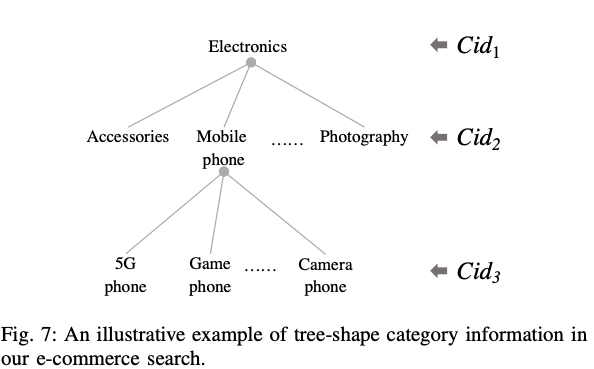TeKo: Text-Rich Graph Neural Networks
Introduction
-
What is the name of the TEKO paper?
TeKo: Text-Rich Graph Neural Networks with External Knowledge
- What are the main contributions of the TeKo paper?
- use external knowledge from triplets and entity descriptions to inform network representations
- SOTA results
- Examples of text rich networks include DBLP and
ecommerce networks- DBLP document nodes have text of abstracts
- Example of a text rich network incorporating entity information
- entities can be identified using TagMe and looked up in an external database

Method
-
The TeKo architecture consists of 3 main components:
semantic network generationknowledge based entity representation and heterogeneous graph attention
-
TeKo builds an entity network by
getting entities from tagME above certain threshold and defining adjacency matrix with thresholded cosine similarity between knowledge based entity representations - The TeKo heterogenous graph contains
document nodes and entity nodes- document-document edges: eg citation relationships
- entity-entity edges: cosine similarity
- document-entity edges: inclusion relationships
-
TransE is a method to embed entities given
knowledge graph triplet information -
TransE seeks to embed entities such that
sum of head and relation embeddings equals tail embedding
- TeKo uses a
learned gating functionto aggregate entity information from knowledge graph and textual descriptions
Results
-
TeKO method does well on
node classification benchmarks
-
TeKo was also applied to
relevance matching for ecommerce queries- leverage some external category info

Conclusions
- Could the learned representations be applied for entity based document retrieval?
Reference
@article{yu2022teko,
title={TeKo: Text-Rich Graph Neural Networks with External Knowledge},
author={Yu, Zhizhi and Jin, Di and Wei, Jianguo and Liu, Ziyang and Shang, Yue and Xiao, Yun and Han, Jiawei and Wu, Lingfei},
journal={arXiv preprint arXiv:2206.07253},
year={2022}
}
